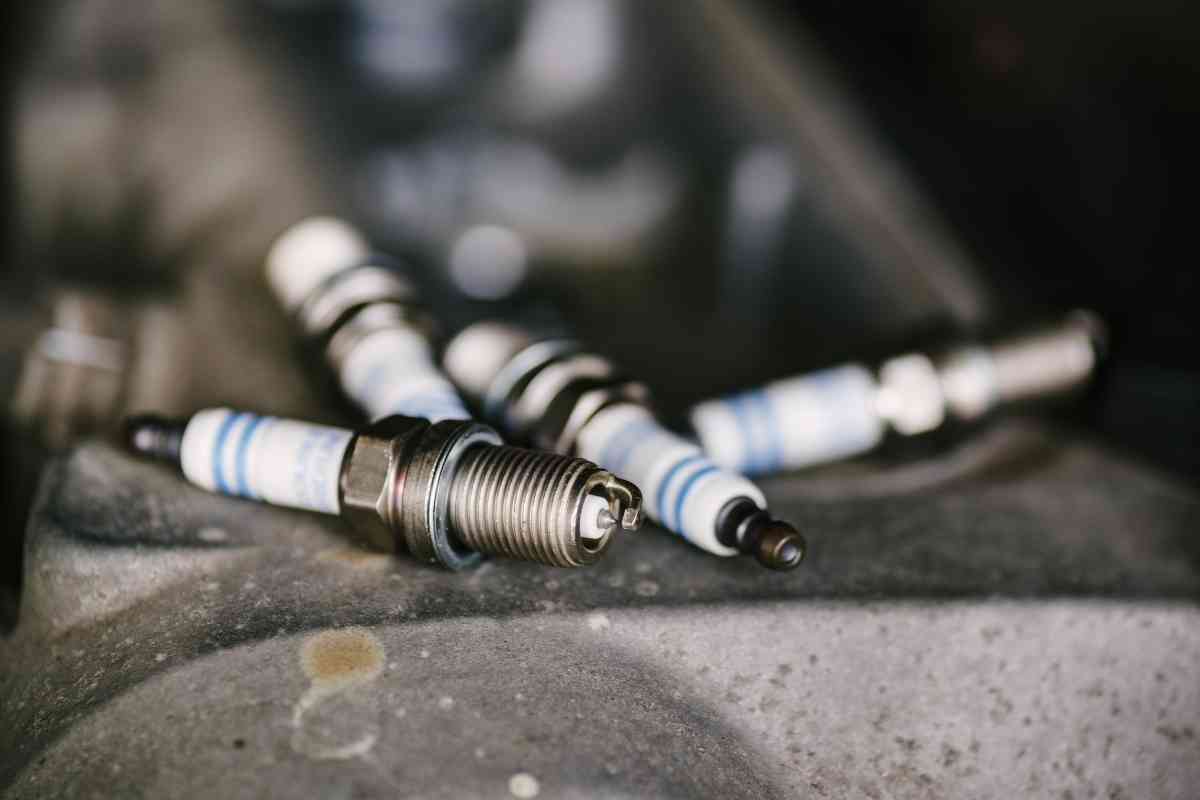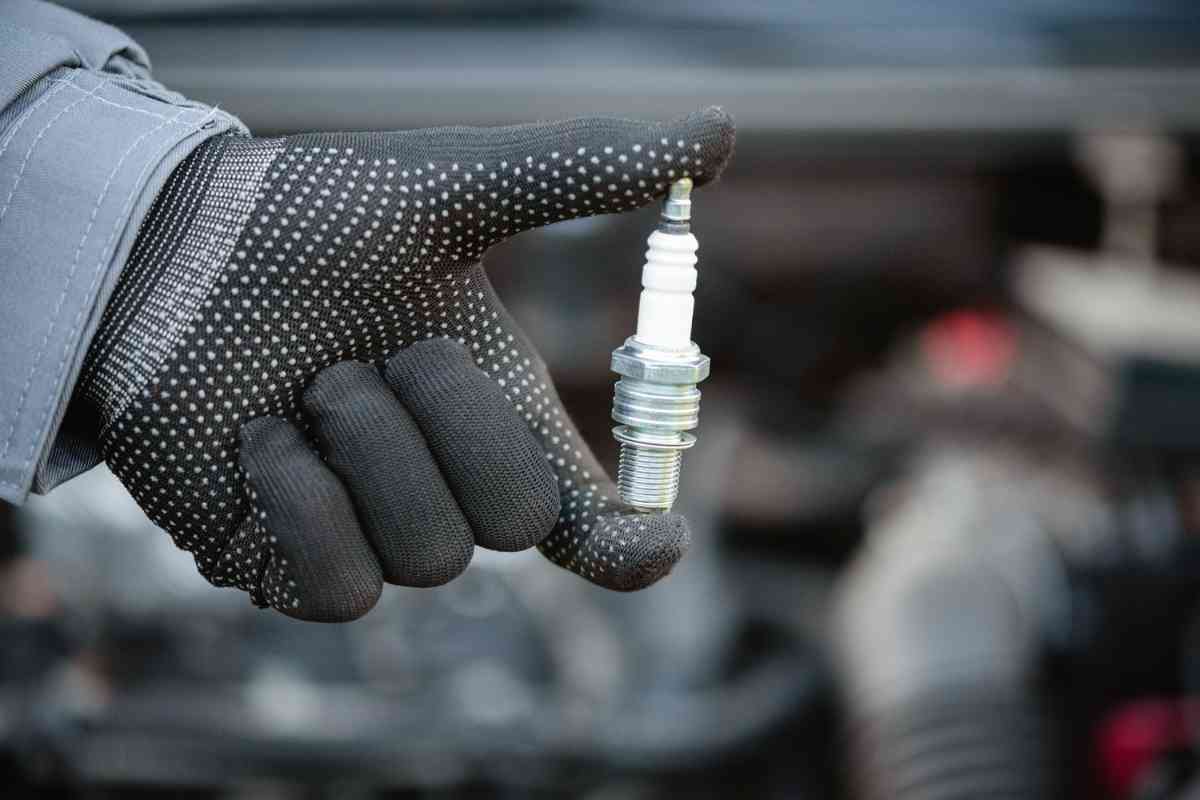Should I Use Dielectric Grease On My Sparkplugs?
Dielectric grease might not be in your tool shed now, but after you read this article, you’ll see that it’s a great addition. Its use has increased in popularity over the past years. Thus, many search the web for the best ways to use dielectric grease.
One of those Google searches regards spark plugs. Many at-home mechanics want to know if they should use dielectric grease on their spark plugs. So, in this article, we’re going to explain what dielectric grease is, what some of its uses are, and, yes, if you can use it on spark plugs.

Should I use dielectric grease on my spark plugs?
Using dielectric grease on spark plugs isn’t an industry standard, but you can use it, and, in some cases, it’s recommended. Considering the dielectric grease’s properties, you’ll see that they’re ideal for spark plugs.
It’s not standard to use dielectric grease on spark plugs. Newer ones have complex ignition systems that operate at specific conditions and for a determined time frame. Hence, companies prefer you don’t interfere with them and leave it to the pros.
The bad thing is that some of these designs can have flaws, and there’s nothing wrong with you performing maintenance that’s easy and accessible.
For example, some brands have defective plugs, where dirt or moisture can seep in and cause corrosion on the contact points. That’s where dielectric grease becomes a vital tool.
The great thing about dielectric grease is that using the right amount will not hinder performance. On the contrary, it will help lengthen the spark plug’s life. So, now that we’ve seen how dielectric grease works, we can confidently answer that you should use dielectric grease on your spark plugs.
What is dielectric grease?
Dielectric grease comprises two main components: silicon dioxide and a lubricant. This combination yields a product that works as a lubricant that can transmit electricity without conducting electricity. These are its two essential benefits.
First, as grease, it provides lubrication while also being hydrophobic, which means it can repel water. Second, given its dielectric properties, it will not interfere with electricity flow while preventing other currents from interfering.
An added benefit not everyone discusses is that dielectric grease, especially one of high quality, can withstand high temperatures.
What are spark plugs?

Internal combustion engines use a combination of fuel, air, and spark. The injection system sprays fuel into the cylinder head, then air comes in, and this mixture ignites thanks to electricity. This is the spark plug’s job.
It’s a cylindrical component with a conductor at the end that creates an electric arc powerful enough to ignite the mixture.
It’s also important to note that the spark plug’s design contains a rubber boot that will prevent water, parasite currents, and contaminants from getting into the conductor. This will be important later.
As you can see, it’s vital for your vehicle’s performance. So, when spark plugs wear out, you can have less power, a weak engine, or no ignition. Therefore, keeping your spark plugs in top condition is vital, and that’s where dielectric grease becomes an essential tool.
How to use dielectric grease on spark plugs (the right way)?
The great thing about spark plugs is that, for the most part, they’re easy to work on, except for some that are famous for breaking apart, but let’s not dive too much into those. There are three vital steps when applying dielectric grease. Here they are:
Removing the spark plug and boot
After you’ve located the spark plugs, you need to remove the boot that prevents currents and dirt from getting into them.
This is a vital component, so be careful when handling it. The spark plug boot is a rubber connection (usually an L-shape) that covers the link between the wire and the spark plug. Use a ratchet with the appropriate extension to remove the boot.
Once you’ve removed it, you can remove the spark plug using the appropriate socket. one vital tip is always to insert the socket as firmly as possible. This way, you don’t risk damaging the spark plug’s thread.
Then, you can proceed to the next step with the spark plug and the boot removed.
Applying the dielectric grease, part 1
As we’ve mentioned before, dielectric grease acts as an insulant and lubricant. So, it must be as clean as possible. Unfortunately, using your hands to apply it can be counterproductive. No matter how much we clean our fingers, they naturally have grease, which can contaminate the dielectric grease.
So, when working with spark plugs, many mechanics recommend using latex gloves to avoid contamination.
Some mechanics recommend using a cotton swab, and it works. Remember to have a brand that doesn’t release many fibers, as these can also get in the way. Take a small amount of dielectric grease and apply it to the inside of the spark plug boots.
Use a circular motion, and don’t rush it. Instead, aim to cover the interior thoroughly. Doing so ensures that the ceramic portion doesn’t stick to the boot.
Applying the dielectric grease, part 2
Some mechanics also apply dielectric grease to the ceramic portion to ensure it doesn’t rust. You can do this but keep in mind that it’s not necessary. If you’re doing this, apply a thin layer, so it doesn’t come into contact with any metal parts.
As you can see, it’s effortless to apply dielectric grease. In fact, it’s so easy that sometimes, you can use too much. So, let’s discuss what happens when you do this.
What to do if you apply too much dielectric grease?
While dielectric grease is an excellent addition to your spark plugs, there can be too much of a good thing.
Using too much of this lubricant can interfere with the electric arc, causing misfires, reduced performance, irregular fuel consumption, or engine damage. So, using the right amount is vital.
Clean the excess off if you use too much dielectric grease, and notice that it covers vital parts such as the metal end and the conductors. It’s that simple. These are the steps:
- Use a clean, fiber-free cloth to do so.
- Do not use any degreasers, as they can damage the ceramic components.
- Perform a rigorous visual inspection to ensure there’s no grease in the metal area
- Once you’ve installed them, start the engine and check for any irregularities
It’s also important to note that while using dielectric grease isn’t an industry standard, many manufacturers include the guidelines for using it in their service manuals. These can become essential if you feel you need some extra guidance.
Closing thoughts:
Dielectric grease is becoming ever more popular. What was once an oddity in many garages is not almost standard.
It works great in maintaining your spark plugs and lengthening their life, so many people want to know how to properly use it. This article covers how to use dielectric grease on your spark plugs.
You can use dielectric grease on your spark plugs, and doing so is easy, but you can also apply too much.
So, there are some precautions to consider, which we’ve covered in this article. Not only will they help you perform maintenance efficiently, but they will also improve your chances of doing it right the first time.
